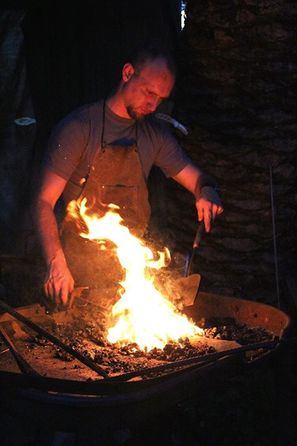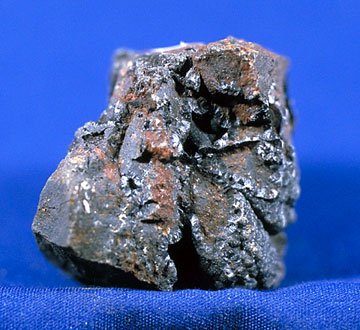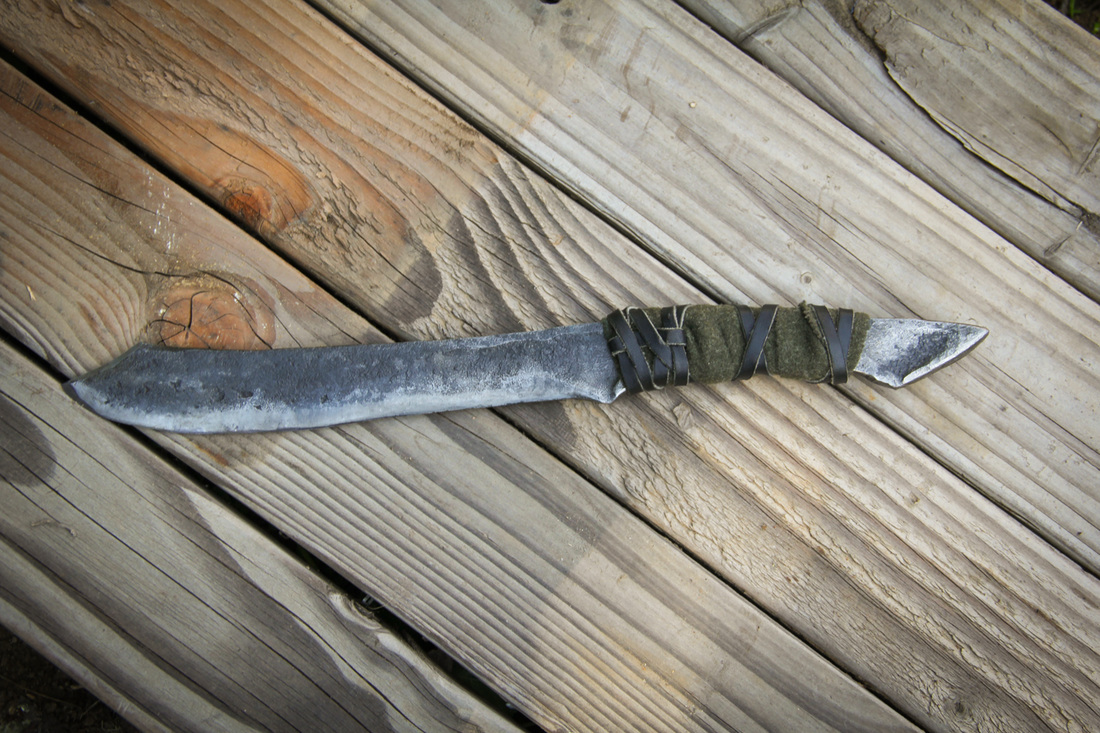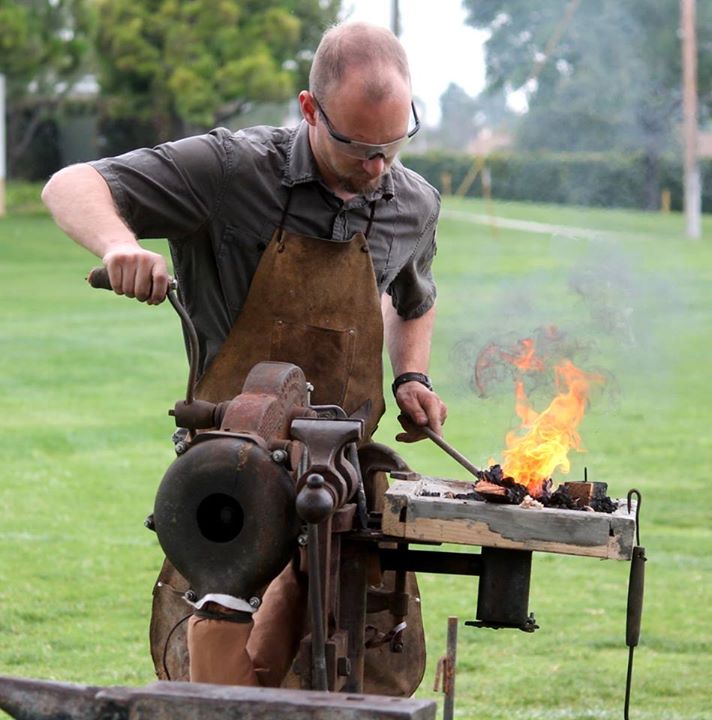 Bladesmiths are those who make knives, some don't use hammers in their work and use flat bars of steel but some still forge their knives from other stock sizes or steel scraps. Swordsmiths are those who usually or only make swords, I have made swords in the past but I make more than swords so I don't fall primarily into this category. There's also industrial blacksmiths who work with large, often huge, equipment rather than hand forging on a hammer. A sample of an unnamed utility knife made by me.
We also have the artisan blacksmith. These are the ones who forge for the beauty of it. Back in the day, blacksmiths often made only tools or parts and sometimes tried to make the pretty. With the industrial revolution and the invention of mass production machinery blacksmiths often lost out to less expensive tools and parts, leaving many them to repair work or out of a job. But this also opened up many skilled blacksmiths to become artists. Being an artisan blacksmith means making art and tools that are art. I'd like to consider myself in this category as I do have a little bit of my own style in my iron work, I make some ironwork that isn't meant as a tool, weapon, or container, and I am not mass producing my ironwork.
Lastly, I have a category of, well, I'm reluctant to call them blacksmiths. These are the ones you see in many movies, like Conan the Barbarian, Lord of the Rings, and Pirates of the Caribbean. I mention these because it is through movies and media like this that many people first form an impression about blacksmiths. Movie blacksmiths are often sweaty dudes wearing an apron hitting a piece of metal, hot or cold, putting it in a fire, and then dunking it in water. Great for intriguing an audience because of the alluring ring of the anvil, the light of the sparks and flames, and the sound of the water instantly turning to steam. It inspires many a man to become a backyard swordsmith. But please believe me when I say that what they do in the movies would destroy any nice piece they are wanting to make. If you want to learn how to be blacksmith, don't learn it from the movies. Find a local blacksmith guild or practitioner and study under them. Here's a few resources for those of you who want to get started: http://www.theartcareerproject.com/blacksmithing/565/ https://www.abana.org/resources/schools.shtml http://www.anvilfire.com/ http://bandyblacksmith.org/ Also, you may have noticed there is a huge gap since the last time I blogged. This was because I picked up an odd job and was working on completing my classes at my local community college. I've been taking classes nonstop since the summer of 2014. I'm finally taking a break this summer. I will be picking up more classes in the fall but for now I want to grow my business a bit and keep on practicing writing. I will be posting some more information about history and skills and such but I will also be doing a few product highlights. I got some new stuff coming out that I'm really excited about so please stay tuned in the coming weeks. Until then, Keep forging on, Stephen Referrences Definition of BLACKSMITH. (2016). Merriam-webster.com. Retrieved 13 June 2016, from http://www.merriam-webster.com/dictionary/blacksmith Iron. (2016). Minerals Education Coalition. Retrieved 13 June 2016, from https://www.mineralseducationcoalition.org/minerals/iron Iron. (2016). Wikipedia. Retrieved 13 June 2016, from https://en.wikipedia.org/wiki/Iron
5 Comments
|
AuthorStephen is a professional archaeologist in the Riverside area and the sole proprietor of For the Honor Forge. Archives
April 2018
Categories |





 RSS Feed
RSS Feed